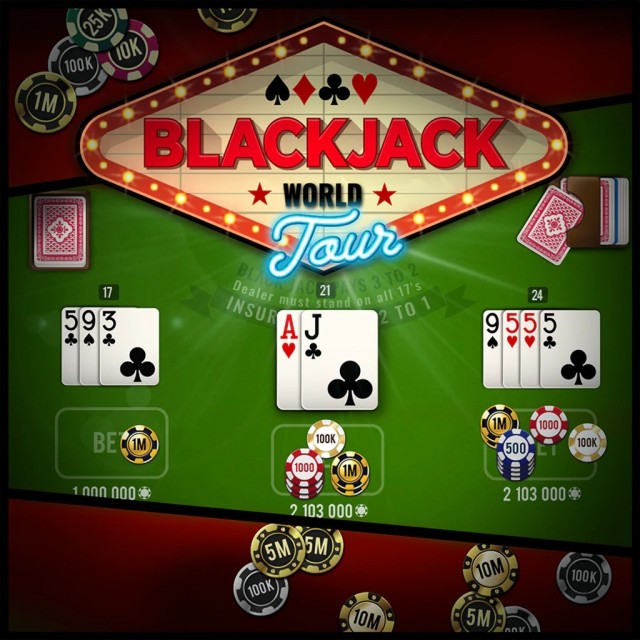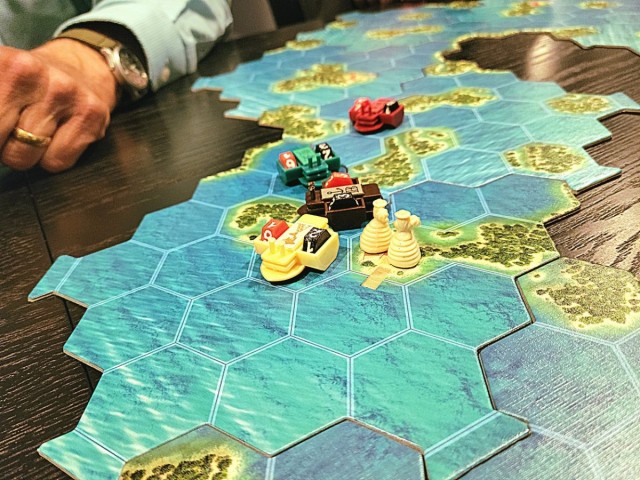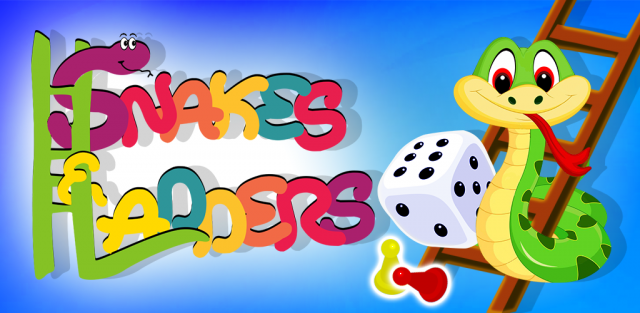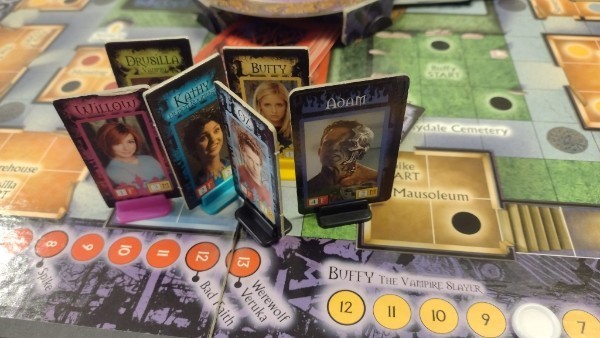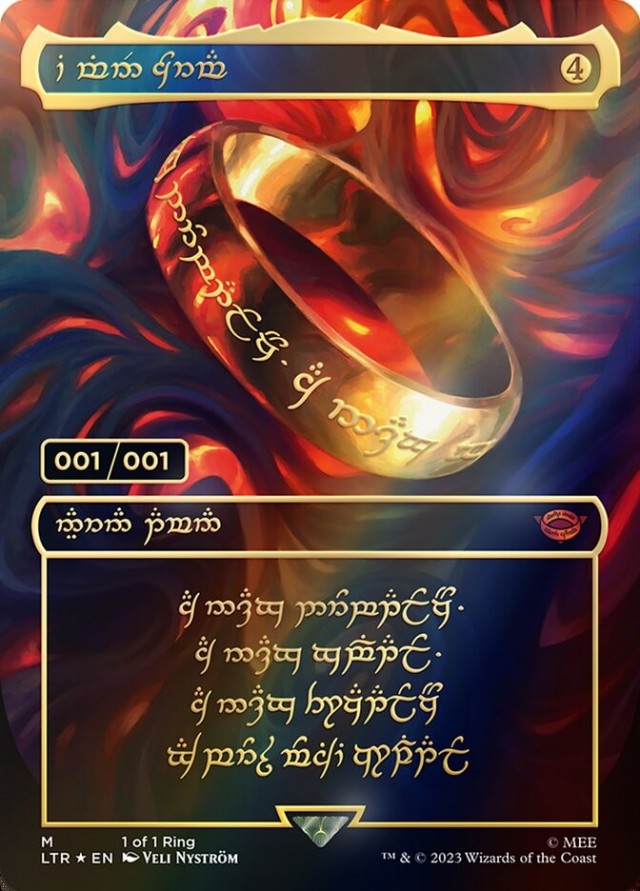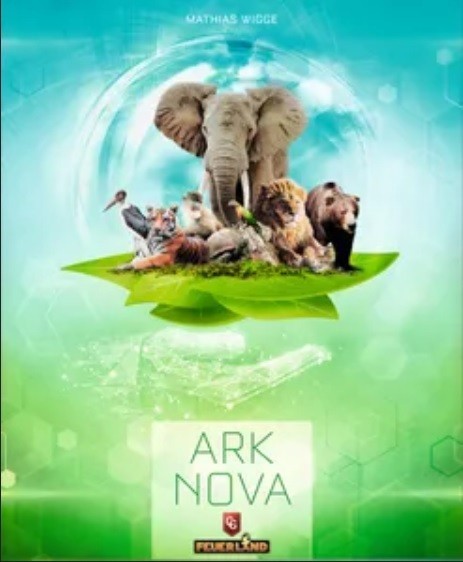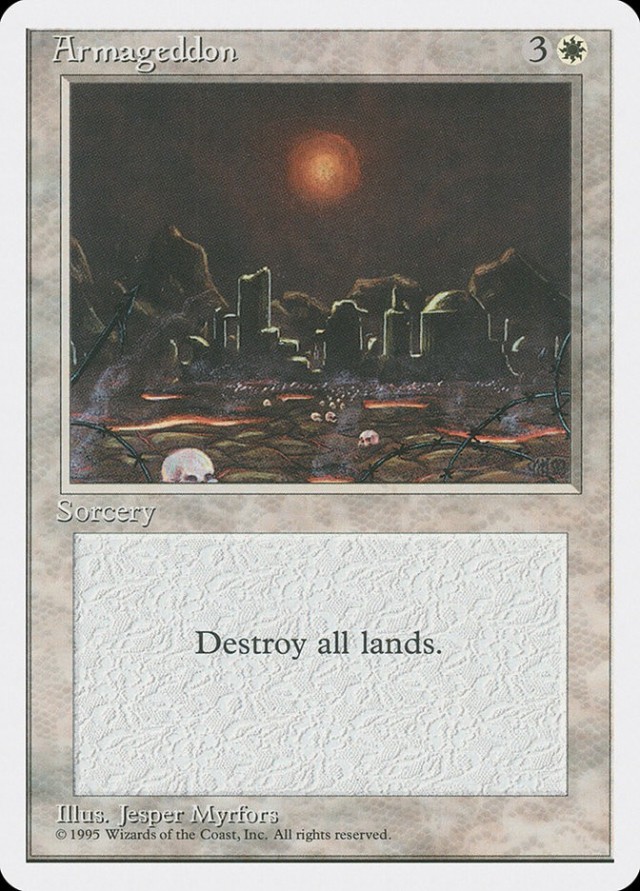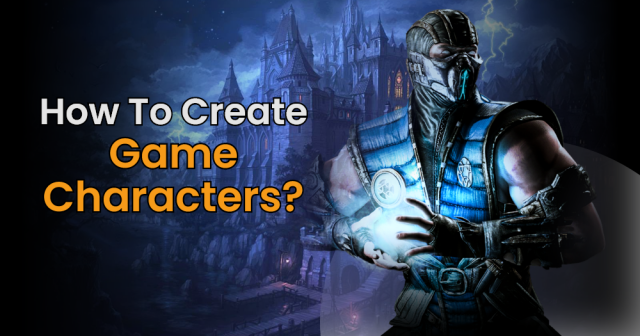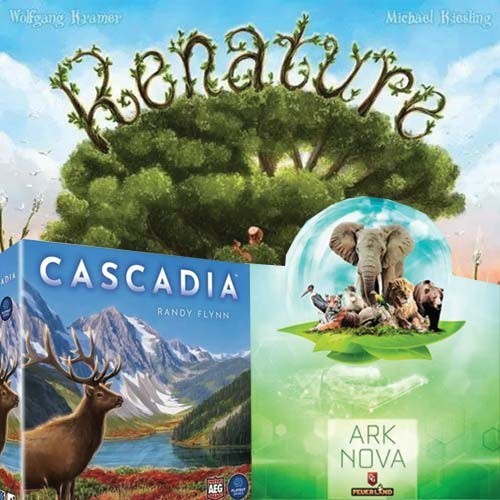Bashing Catan has become a pastime among self-proclaimed gamers. They liken its market saturation and endless expansions to Monopoly’s vice grip on America’s store shelves. They grumble that friends and family who whet their appetite on Settlers want to keep playing it instead of sinking their teeth into real games. These people are wrong. Settlers of Catan continues to be one of the best designed European board games on the market, and it all starts with how easy it is to teach.
I first tell everyone that this game is like a socialist version of Monopoly. Everything works on the barter system. Nobody loses, but somebody wins. “How do you win?” someone asks. “By settling Catan. The main way to get points is by building more settlements and cities. Here’s how you do that.” I hand everyone the clear reference sheet. “See, each of those symbols represents a resource needed to build that thing.” Then someone asks how you get resources, and by this time I’m already placing tiles, creating the modular board. I show them that the color on the terrain corresponds to the color of the resource cards, which have the same symbol and color as the smaller symbols on their reference sheet. I then explain how on each player’s turn they’ll roll the dice, and anyone who is adjacent to the number rolled gains the appropriate resource as shown on the board.
Then people jump right in to playing the game. The placement phase is a good time to explain some of the finer rules, and as the Longest Road and Largest Army card are laid out, things start to click. Players do their best to gain more settlements or upgrade to cities. They’re invested in every player’s turn thanks to the dice. They trade. They talk to each other. They block each other off. They form informal alliances. They break these alliances. They don’t spend any time deciphering the game, but rather the motives and positioning of everyone else at the table.
Unlike a lot of games about trading in a historic setting, Settlers actually allows the players to trade… With each other! How innovative! Thanks to the ability to trade with other players and the bank, players (and the dice) set the relative prices on goods. The value of goods fluctuates with scarcity and demand as the game progresses. If one player gets ahead or behind, the other players at the table can adjust their trading practices accordingly. Much like Monopoly, it’s often the best move to trade with the person in last place, providing a natural catch-up mechanism.
Unlike a lot of board games these days, the board actually matters. It isn’t a series of taupe holding cells for cubes; the resource cards handle that. There isn’t a rectangular victory fence along the perimeter reminding everyone of the real reason they’re trapped in this game for ninety minutes; scanning the number of settlements and cities handles the scores just fine. It isn’t a series of cranks and wheels and spreadsheets designed to obfuscate the players’ interpersonal relationships. It isn’t divided into multiple boards so each player can build their own little castle separate from everyone else. Nope. You’re all on the same island of Catan, fighting for every last scrap of terrain on the map.
Despite how intuitive and friendly the game appears, Settlers can actually be a pretty cutthroat and nasty game. I like that. Vying for the longest road or largest army becomes an arms race. The player who gets to eight victory points first might paint a target on his back by doing so, while the player who had a strong plan to actually make it to ten will sneak by. Negotiating with the other players is as important as managing your own negocios.
I said that Settlers’ success starts with how easy it is to teach, but it thrives because it encourages player interaction. It’s not as monotonously disruptive as a ‘take that’ card game, nor as isolated as [insert Euro from the last decade here]. Its board matters, and it’s a game played with others where the others matter. That’s more than I can say for a lot of games released today, and why they won’t ever sit on the shelf at Target.
- Member Blogs
- They Don't Make Them Like They Used To
They Don't Make Them Like They Used To
Hot
J
Jexik
Updated
5508
0
There Will Be Games

Discuss this article
Log in to comment Games
Games How to resolve AdBlock issue?
How to resolve AdBlock issue? 
